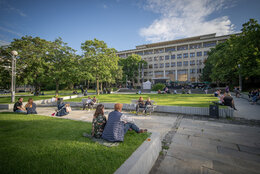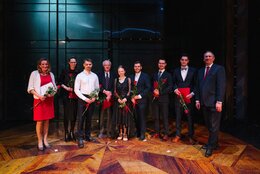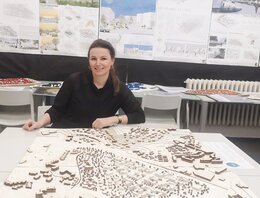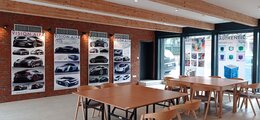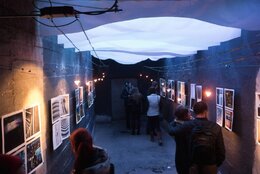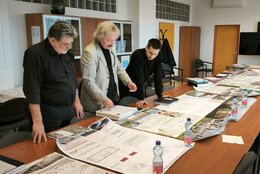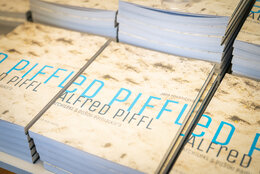názov: Valorising cultural heritage and fostering sustainable tourism by LIVING the common
heritage on the DANUBE LIMES as basis for a Cultural Route
akronym: LIVING DANUBE LIMES
číslo projektu: DTP3-359-2.2 (359)
doba riešenia: júl 2020 – december 2022
http://www.interreg-danube.eu/approved-projects/living-danube-limes
Based on already existing work developed by predecessor projects like Danube Limes Brand and DANUrB this project is a foundation stone for a future Danube Limes Cultural Route, representing Roman heritage along the Danube Limes, connecting all countries in the Danube Region and linking them to the huge network of the Frontiers of the Roman Empire, stretching from the Hadrian’s Wall in Great Britain to the Limites in North Africa and the Near East. In the network of UNESCO’s World Heritage property “Frontiers of the Roman Empire” the Danube Region is a core element. Further developing and enhancing the connecting aspects of the Roman heritage sites along the Danube combines the tangible and intangible heritage by not only stressing the common history, but also supporting the differences in culture and nature along the former boarder of the Roman Empire, which was more of a transnational, cultural, and economic waterway than a strict border in modern sense. Pilot sites and activities are identified and serve as role models for the development and implementation of transnational strategies for increased and sustainable tourism and protection of the cultural sites. Combined with living history activities these sites will characterize the Danube as broad fluvial band of different tourism and educational products and thereby increase the tourist significance of the entire area. All living history, training, knowledge-transfer and capacity building events will be accompanied by information, dissemination and publicity measures for the identified stakeholders and especially the citizens in order to foster a common sense of togetherness in the Danube Region and to ensure a sustainable and eco-friendly protection of cultural heritage. Durability will be reached through the establishment of transnational clusters of museums and visitor centres, the involvement of living history associations from the whole Danube Region and the high integration of the public into the project.
Project co-financed by the European Union funds (ERDF, IPA II)

